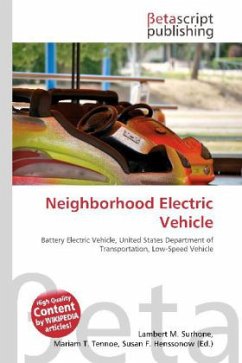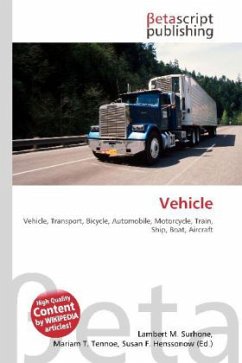Please note that the content of this book primarily consists of articles available from Wikipedia or other free sources online. "Low-speed vehicle" is a federally-approved street-legal vehicle classification which came into existence in 1998 under Federal Motor Vehicle Safety Standard 500 (FMVSS 500). There is nothing in the federal regulations specifically pertaining to the powertrain. Low-speed vehicles are defined as a four-wheeled motor vehicle that has a gross vehicle weight rating of less than 3,000 pounds (1,400 kg) and a top speed of between 20 to 25 mph (32 to 40 km/h). Those states that authorize NEVs generally restrict their operation to streets with a maximum speed limit of 35 or 45 mph (56 or 72 km/h). Because of federal law, car dealers cannot legally sell the vehicles to go faster than 25 mph (40 km/h), but the buyer can easily modify the car to go 35 mph (56 km/h). However, if modified to exceed 25 mph (40 km/h), the vehicle then becomes subject to safety requirements of passenger cars.
Bitte wählen Sie Ihr Anliegen aus.
Rechnungen
Retourenschein anfordern
Bestellstatus
Storno








